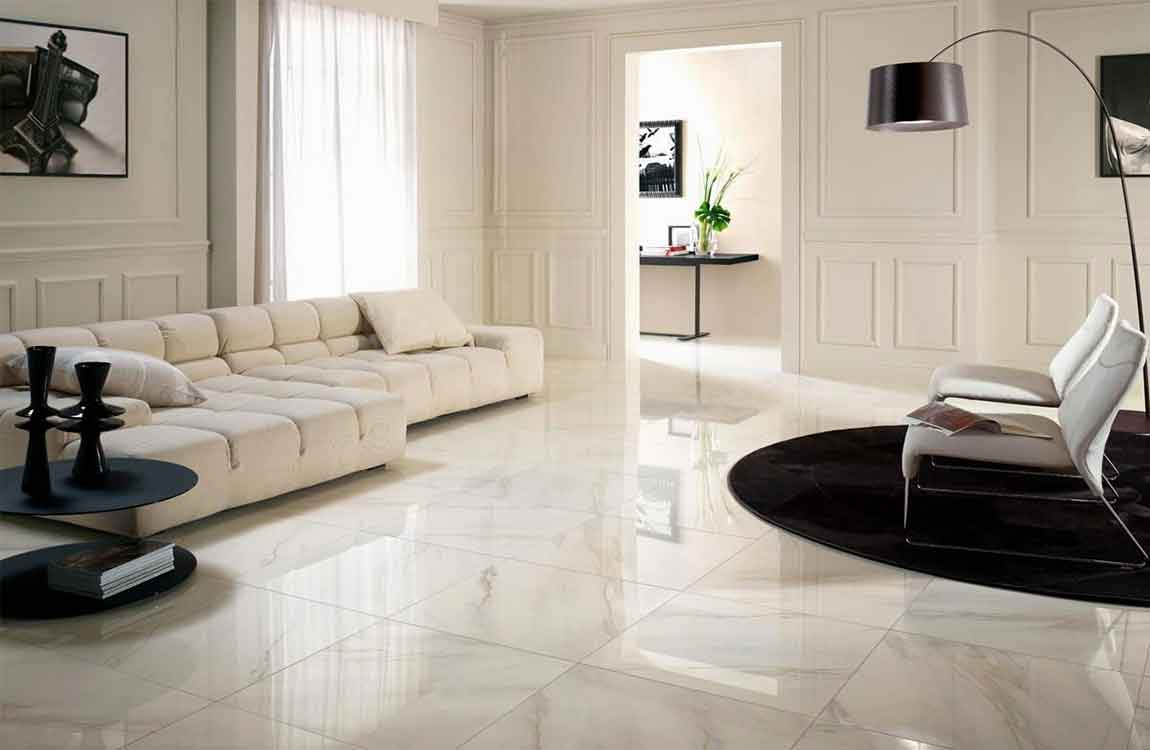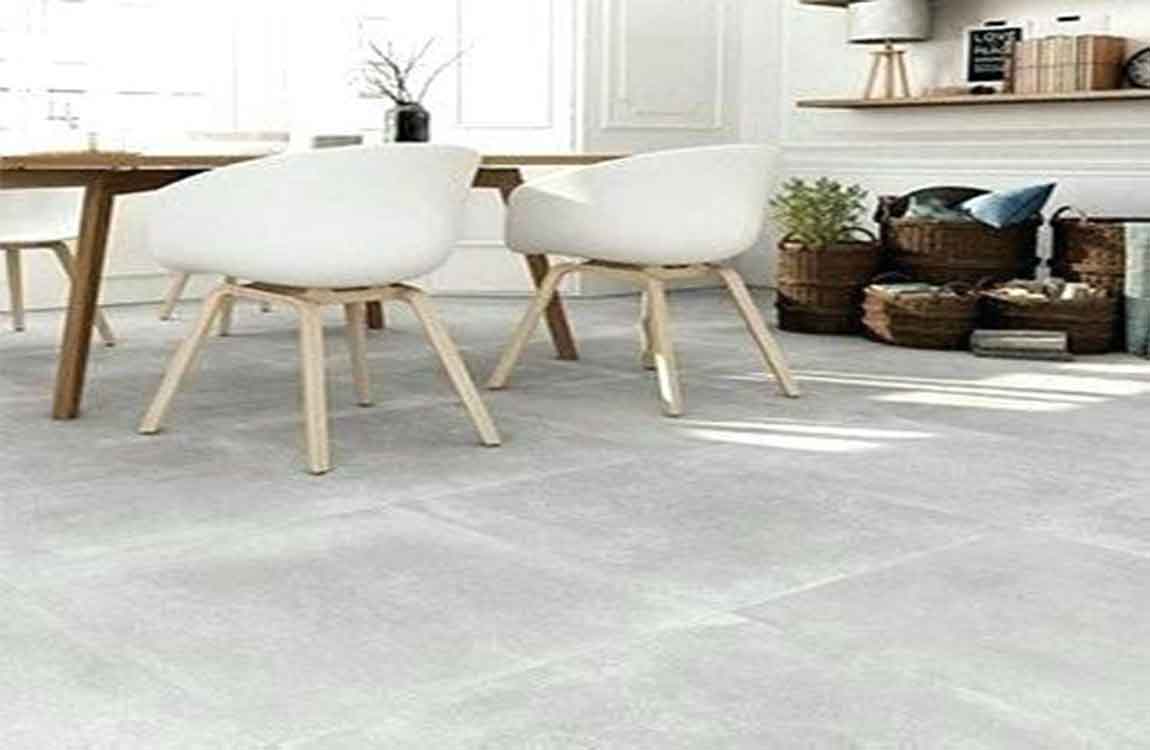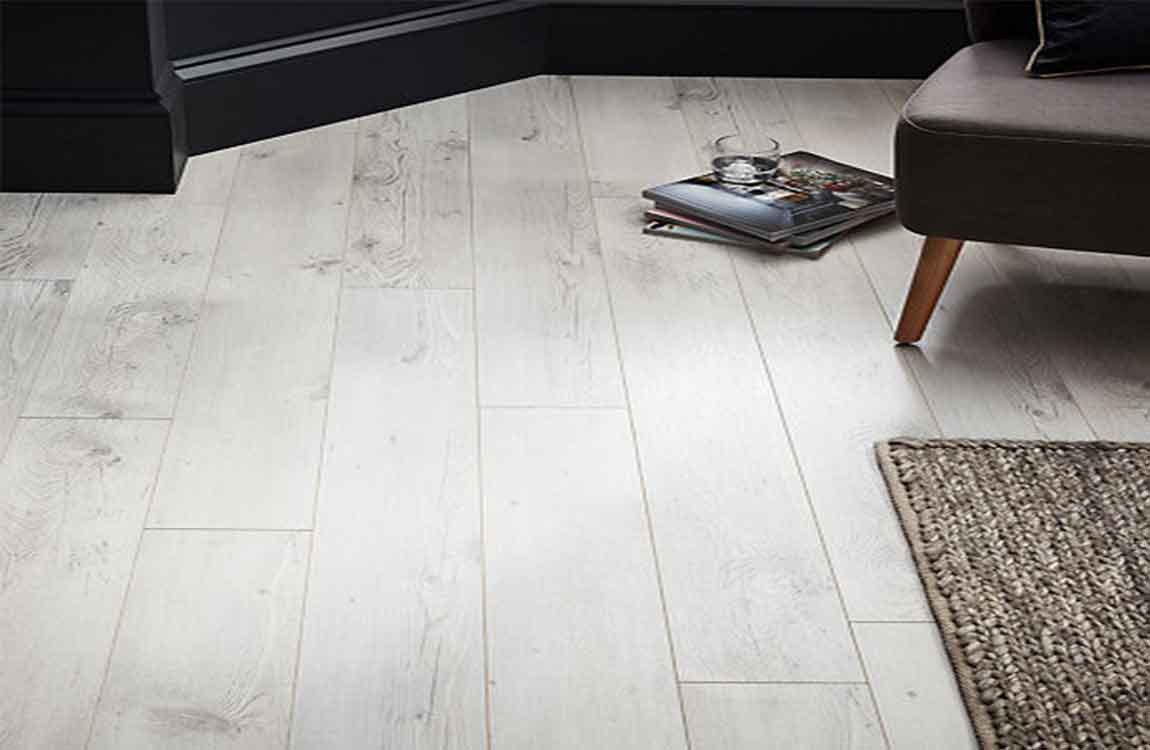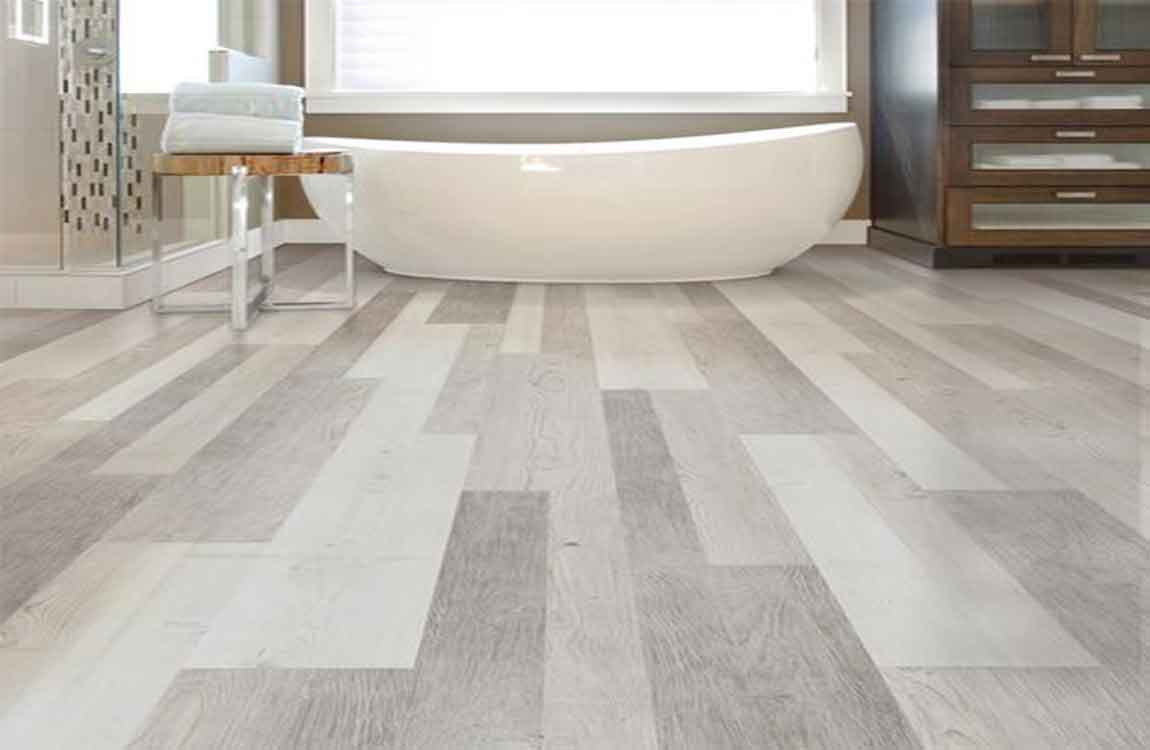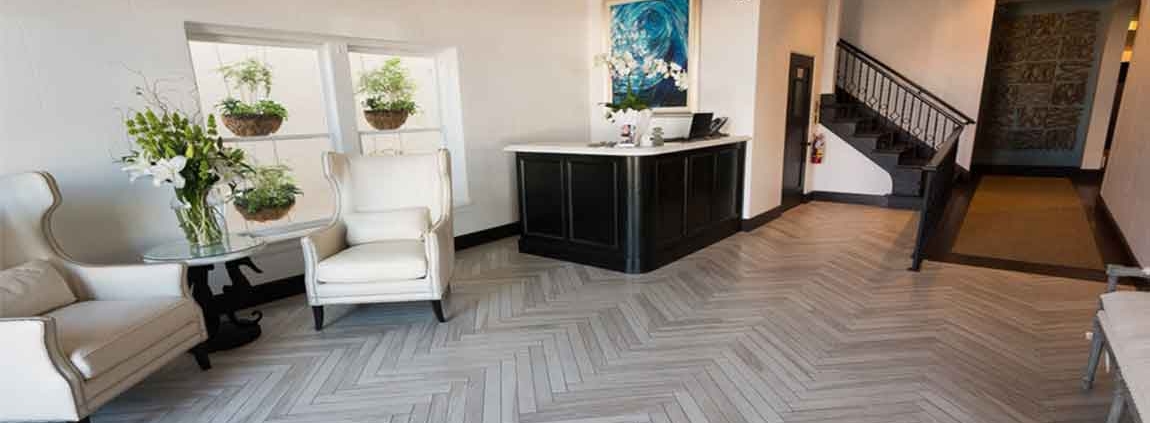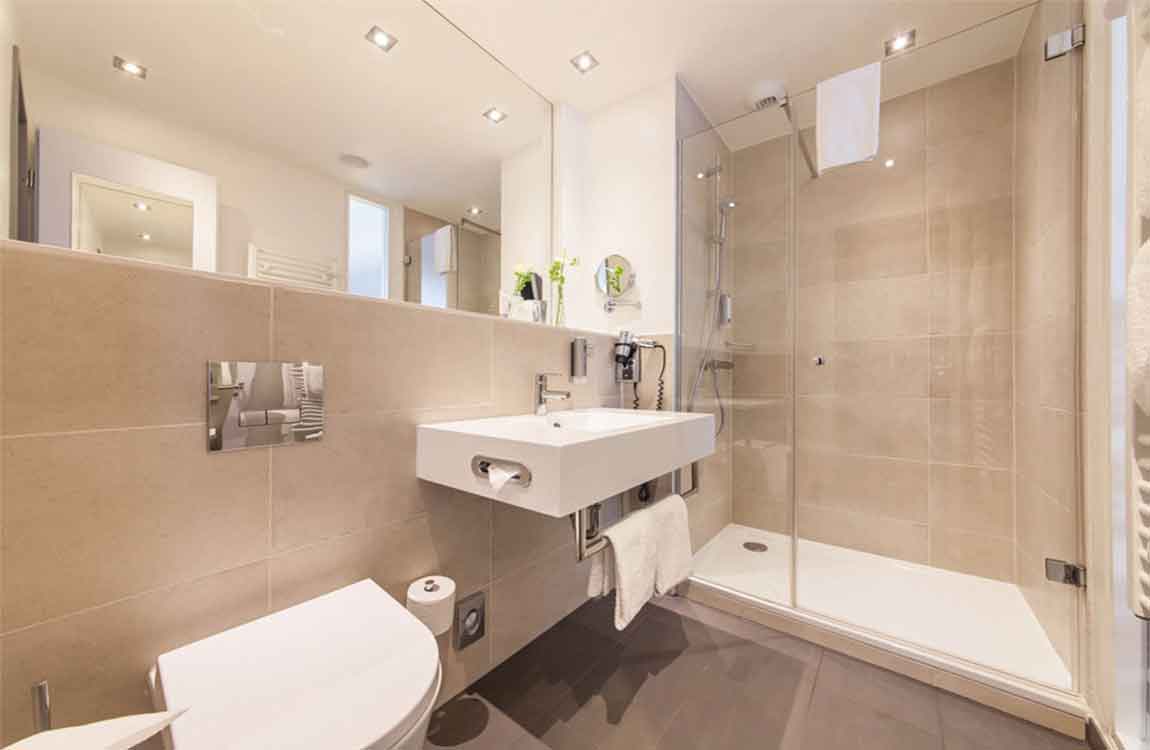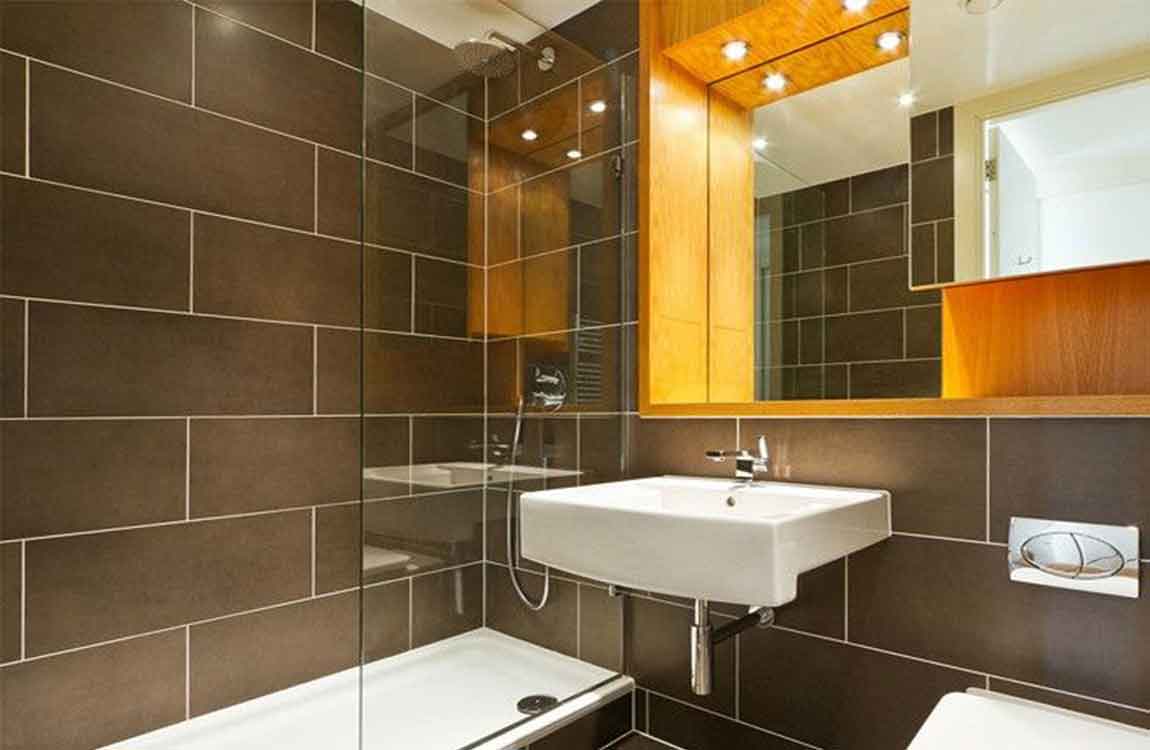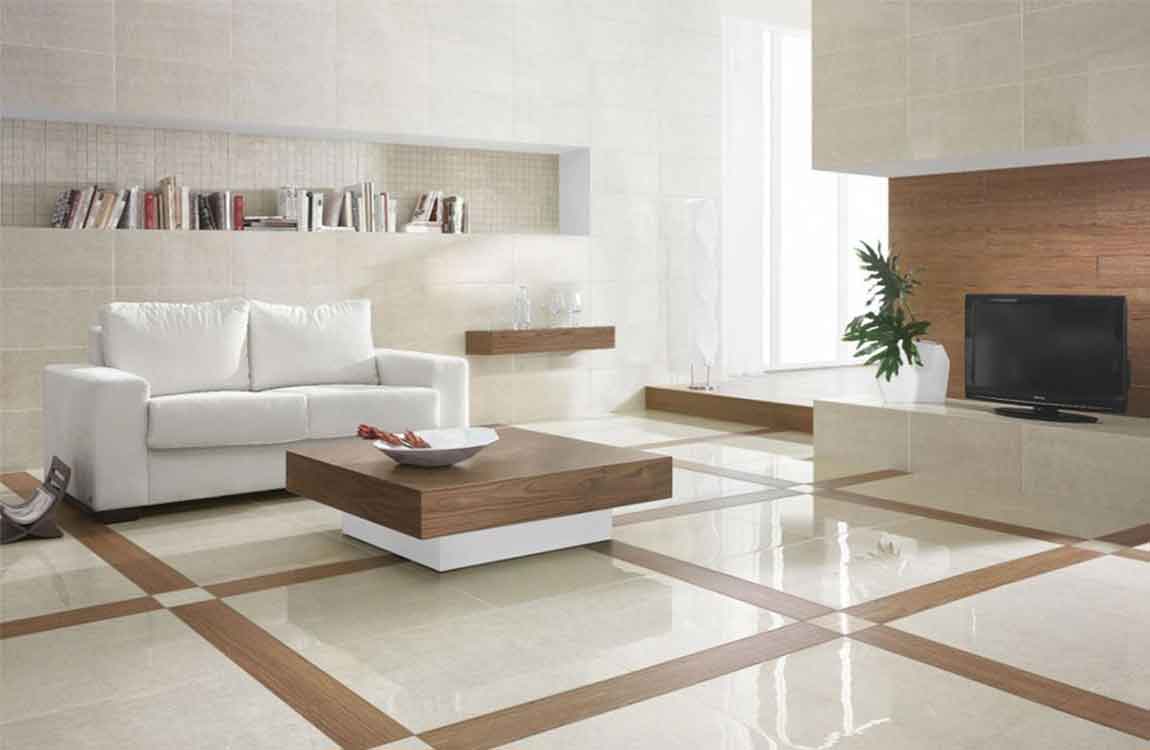How to Protect Mable Tiles?
It’s also best to use a wide tip nozzle that will keep the water spread out over an expanded surface. As you are cleaning, keep the nozzle as far away from the stone as you can. Otherwise, you’ll increase the likelihood of damage.
Keep your stone away from any acidic products. Lannon stone responds very poorly to acidic cleaners, like vinegar or lemon juice, and will actually start to fall apart. It’s also important to avoid placing acidic liquids, such as orange juice, onto the stone.
As a general rule, anything that you use on the stone should have a neutral pH (close to a pH of 7) and ideally be made for use on natural stone. Keep heat away from the stone.
Lannon fireplaces have a protective inner shell to protect the stone, but countertops are usually more vulnerable. Make sure to place a mat, towel, or trivet under any hot drinks or dishes before setting them on your lannon stone.
If you notice that your lannon stone appears especially powdery, that is a sign of heat damage. Many staircases have twists, turns, and extensions that require multiple landings.


